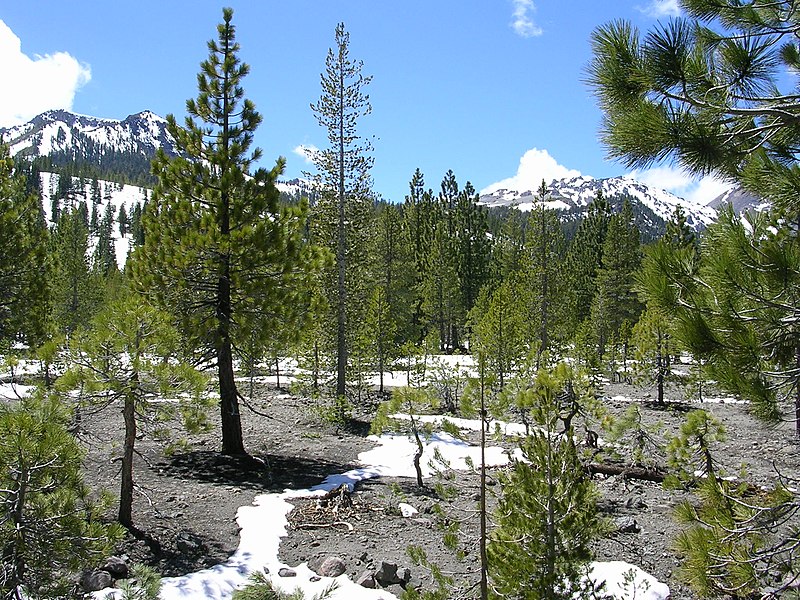Climate change doubles tree deaths
Tree deaths have more than doubled in the western U.S. in the past 20-30 years, and the culprit is climate change, according to a paper published Friday in Science.
Warming has all kinds of consequences for species ranges. Changes in temperature can narrow a species’ range or move it latitudinally through changes in average yearly temperatures and alterations of the growing or reproductive seasons. In the case of trees, other factors mitigated by climate change, such as bark beetles or forest fires, are often blamed for the most tree mortality.
In this paper, the researchers collected historical data for more than 6,000 trees dating back to the 1920s. Areas covered in this paper include the Pacific Northwest, California, Idaho, Colorado and Arizona. The researchers say continued climate change alone at current rates will cause a 50 percent reduction in the average tree age in forests, trigger a potential reduction in average tree size and make many forests vulnerable to abrupt dieback.
ESA member Nathan Stephenson, a researcher at the USGS Western Ecological Research Center and a corresponding author on the paper, thinks that in some cases, increasing tree deaths could indicate forests vulnerable to sudden, extensive die-back, similar to die-back seen over the last few years in parts of the southwestern states, Colorado, and British Columbia.
“That may be our biggest concern,” he said in a press release from the USGS. “Is the trend we’re seeing a prelude to bigger, more abrupt changes to our forests?”
Read the Science article here (subscription required to view full article); the Washington Post also had a nice article on Friday.